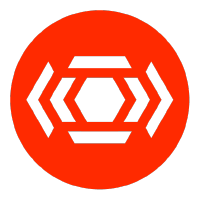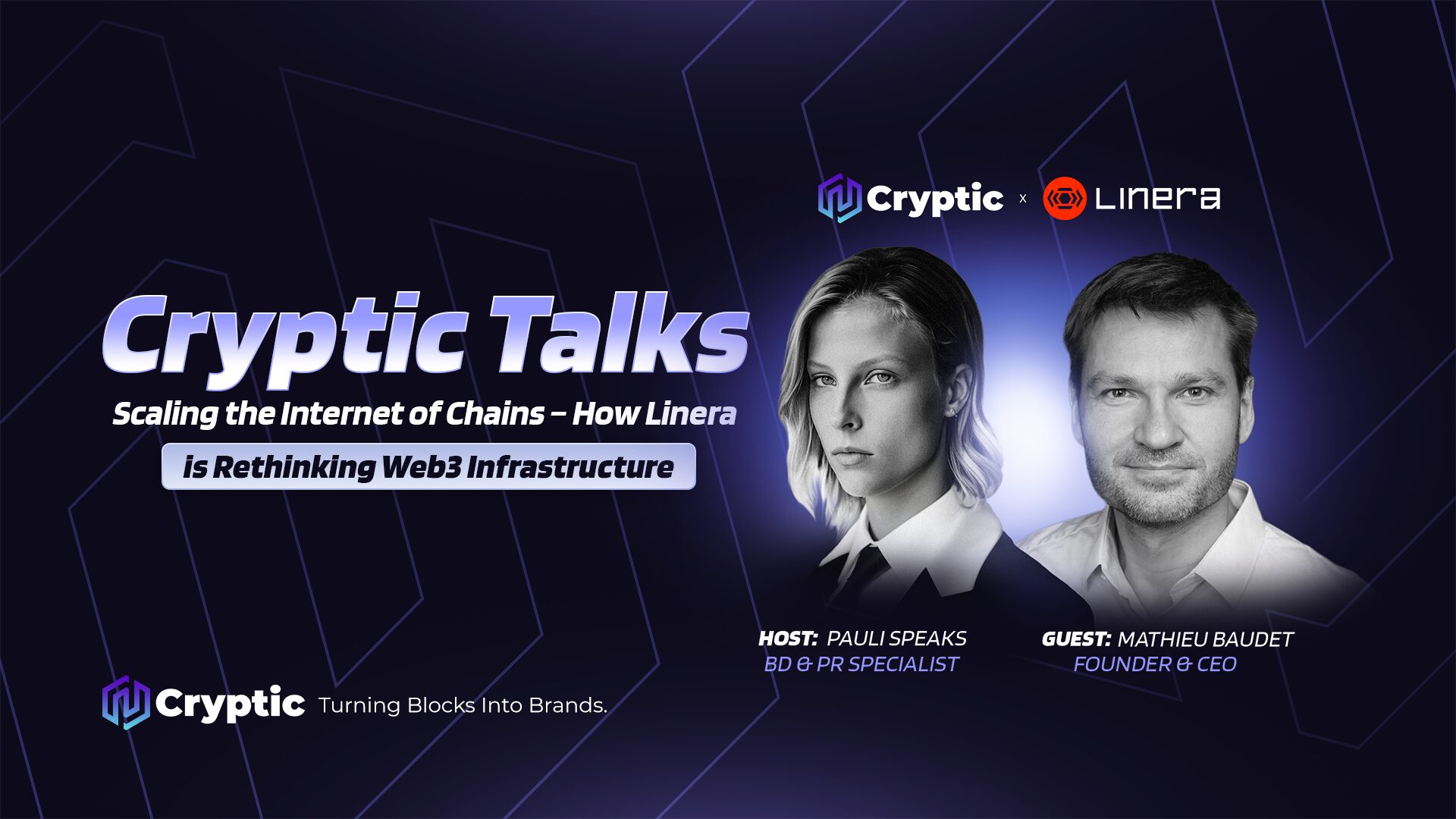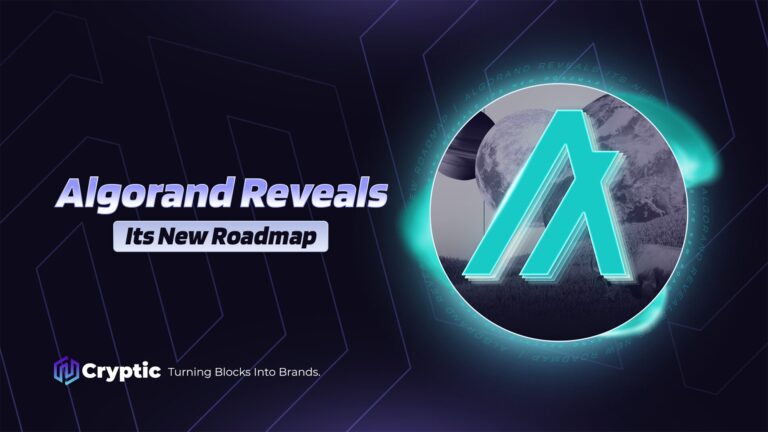In a detailed discussion on the current challenges of blockchain technology, Mathieu Baudet, founder and CEO of Linera, offers a clear and well-grounded perspective on how microchain architecture can overcome traditional scalability limitations without compromising security or decentralization. The conversation covers technical aspects of the innovation, developer support, practical applications enabled by the technology, and Linera’s role within the emerging multichain ecosystem, providing a strategic outlook on the future of decentralized networks.

Expertise and Leadership at Linera
With extensive experience in blockchain technology and innovation leadership, Mathieu Baudet serves as the founder and CEO of Linera, bringing a strategic vision to the challenges and opportunities within Web3. Known for his expertise in distributed systems and scalability, he leads the development of solutions that aim to overcome traditional trade-offs between speed, security, and decentralization. Under his guidance as a key authority in the blockchain technology landscape, Linera is an innovative platform offering developers advanced tools to build high-performance decentralized applications.
Linera’s breakthrough microchain architecture
To solve blockchain scalability challenges, a microchain architecture enables each user or application to run on its own independent chain, allowing parallel execution without compromising security or decentralization. This reduces bottlenecks and latency, making it ideal for high-demand applications with millions of concurrent users. With a focus on performance and accessibility, the platform builds an innovative ecosystem bridging traditional blockchain development with next-generation scalability solutions.
How microchains unlock scalable security and decentralization
Microchains represent a fundamental shift from traditional blockchain scalability approaches like rollups and sharding by enabling each microchain to run independently in parallel. Instead of aggregating transactions onto a single chain or splitting data across shards that share a consensus layer, microchains provide dedicated blockchain environments for individual users or applications. As Mathieu Baudet explained, this design “gives each device a reserved block space and allows them to push data with predictable fees and low latency, no matter how many devices there are,” eliminating common bottlenecks and enabling true horizontal scalability without sacrificing the core pillars of blockchain: security and decentralization.
Unlike many L2 solutions that trade off decentralization for speed or rely on centralized validators, microchains maintain full security guarantees through independent consensus mechanisms on each chain. The result is a blockchain ecosystem that supports high-throughput applications, such as parallel DeFi markets and IoT data management, without compromising trust or resilience.
Use cases enabled by Linera’s architecture
Linera’s unique architecture, based on independent microchains and parallel execution, unlocks a wide range of innovative applications that demand high scalability and low latency. Each user can run their own chain to conduct transactions and place queries simultaneously, without competing for block space or experiencing delays caused by others. Additionally, the infrastructure supports AI agents that seamlessly interact with local services via familiar APIs, easing integration with traditional Web2 applications. Other examples include managing IoT devices, where large volumes of data are sent on-chain with predictable fees and low latency, and prediction markets that rely on fast, reliable responses. This versatility positions Linera as a platform ready to drive the decentralized future across multiple sectors.
Bridging web2 and web3 with versatile developer tools
Linera provides developers with a powerful and flexible toolkit designed to bridge the gap between Web2 and Web3 development. Its dual SDK approach offers both Rust and EVM-compatible environments, catering to different programming backgrounds and preferences. Rust developers can leverage a robust framework based on well-defined traits and interfaces, while Solidity programmers benefit from an EVM-compatible SDK that allows them to migrate existing smart contracts with minimal friction. This dual strategy not only welcomes seasoned blockchain developers but also invites Web2 engineers to explore decentralized application development without starting from scratch.
Beyond smart contract development, Linera simplifies front-end creation by supporting familiar Web2 technologies and standards like GraphQL and JSON queries. This means developers can build reactive, user-friendly interfaces without deep blockchain-specific knowledge, accessing on-chain data through conventional APIs. The architecture also integrates smoothly with AI agents, which communicate efficiently with Linera’s services. By combining blockchain innovation with traditional development practices, Linera lowers the barriers to entry, accelerates adoption, and fosters a diverse community of builders across both Web2 and Web3 landscapes.
Roadmap and role in the evolving multichain ecosystem
The next 12 to 18 months are shaping up to be pivotal for the project, with multiple testnet launches already underway and a mainnet rollout on the horizon. Strategic partnerships, such as the one with Walrus, further position the protocol as a critical validation layer that enhances interoperability across the evolving multichain and modular blockchain ecosystem. Far from just another L1, Linera aims to complement existing blockchains by offering predictable execution, instant finality, and a cloud-native mindset that redefines scalability.
As the ecosystem matures, Linera’s role is set to grow as both a standalone solution and a bridge that connects different blockchain communities and technologies. This vision invites developers and users alike to explore the innovative possibilities Linera brings, setting the stage for a new era in decentralized applications. To learn more about how Linera is shaping the future, visit Linera.
Disclaimer: This article is based on an interview and reflects the personal views and opinions of the featured speaker. It is intended for informational purposes only and should not be considered financial, investment, or legal advice. Readers are encouraged to conduct their own research and consult with qualified professionals before making any financial decisions.



